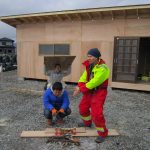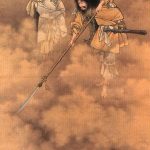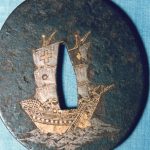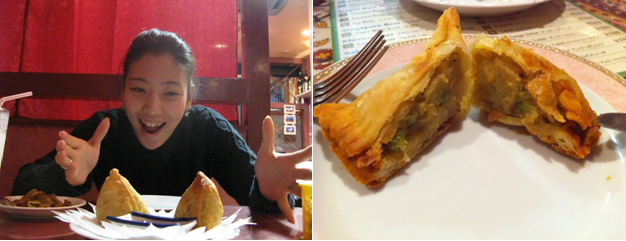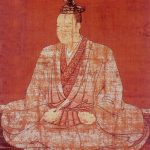As regular readers will remember, in early March I spent ten days up in Miyagi prefecture volunteering with IDRO JAPAN. As the charity sale for IDRO approaches, I think it's time I finally sat down and wrote about the work I took part in up there, and put down some thoughts about my experiences. So here goes... The Importance of Getting Out of Your Comfort Zone First off, … [Read more...] about Ten Days in Tohoku
Shinto – Deities, Shrines and Symbols
Ian Ropke writes, Shinto is Japan’s original religion and today it maintains a strong position next to the country’s other main religion: Buddhism. It is interesting to note that nearly all Japanese do not even know what the word Shinto means. The word Shinto comes from the Chinese characters: god and path. Elegantly translated Shinto means The Way of the Gods. Today, if you … [Read more...] about Shinto – Deities, Shrines and Symbols
Furansisko no Ie
Here's a new post from our good friend, John Dougill. Near Shijo Omiya is a small museum called Furansisko no Ie. From the outside it’s unremarkable; inside is a small exhibition room with items from the sixteenth and seventeenth centuries. They represent the time when Christianity first arrived in Japan, before falling into disfavour and being banned. What marks the … [Read more...] about Furansisko no Ie
Namaste Taj Mahal in Fushimi
The quest for good Indian curry continues! Namaste Taj Mahal in Fushimi is certainly a contender; lovely creamy curries, giant naan breads, super friendly staff and some of the tastiest samosas I have ever devoured. And devour them I did. I'm not kidding about those samosas. You might think, "Oh come on! It's just a bit of pastry with potato, onion and peas in it." … [Read more...] about Namaste Taj Mahal in Fushimi
Kyoto as depicted in “Haifu-Yanagidaru”
Here’s this month’s poetry post from our friend, poet and translator, Keiji Minato. This will be the last post on Deep Kyoto this year. Happy holidays and see you all safely in 2012! Haifu-Yanagidaru (『誹風柳多留』; 1765-1840) is a collection of maeku-dsuke (前句付), which are now commonly called ko-senryu (古川柳; old senryu). It is not one book but a series of 165 volumes … [Read more...] about Kyoto as depicted in “Haifu-Yanagidaru”
